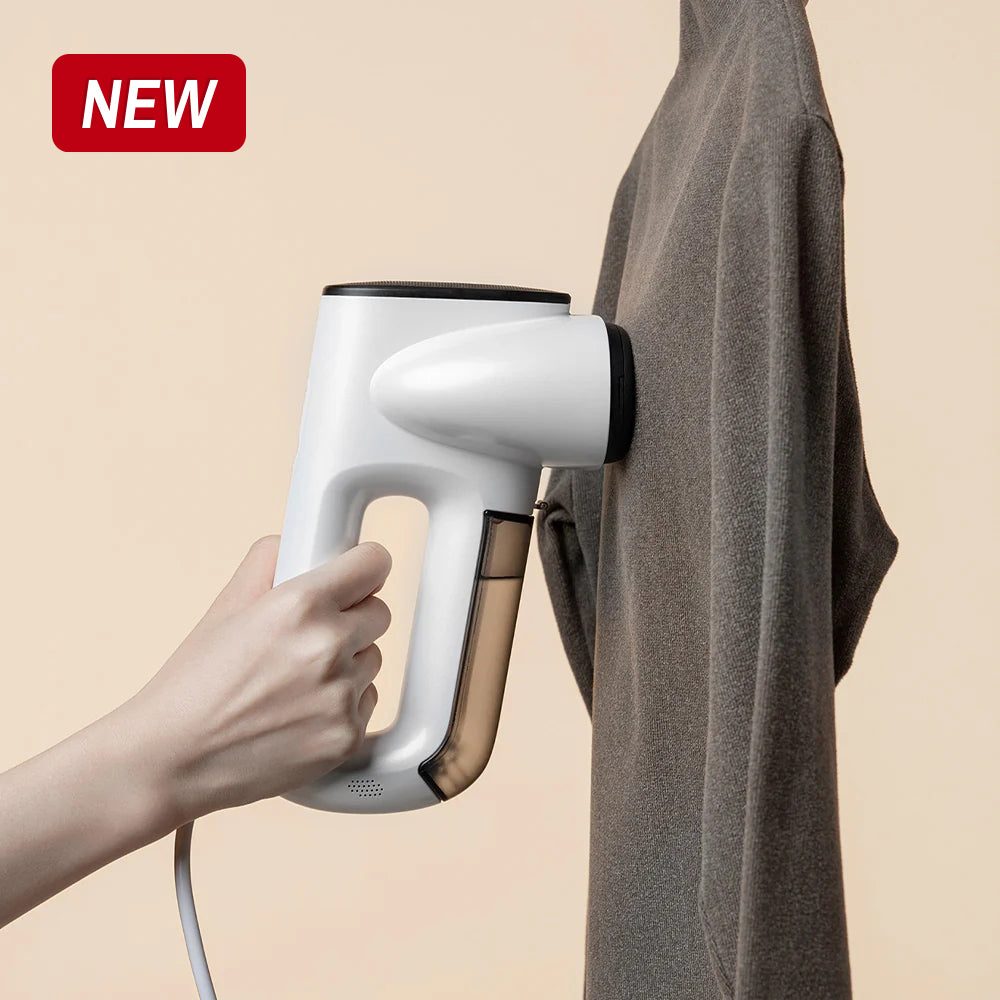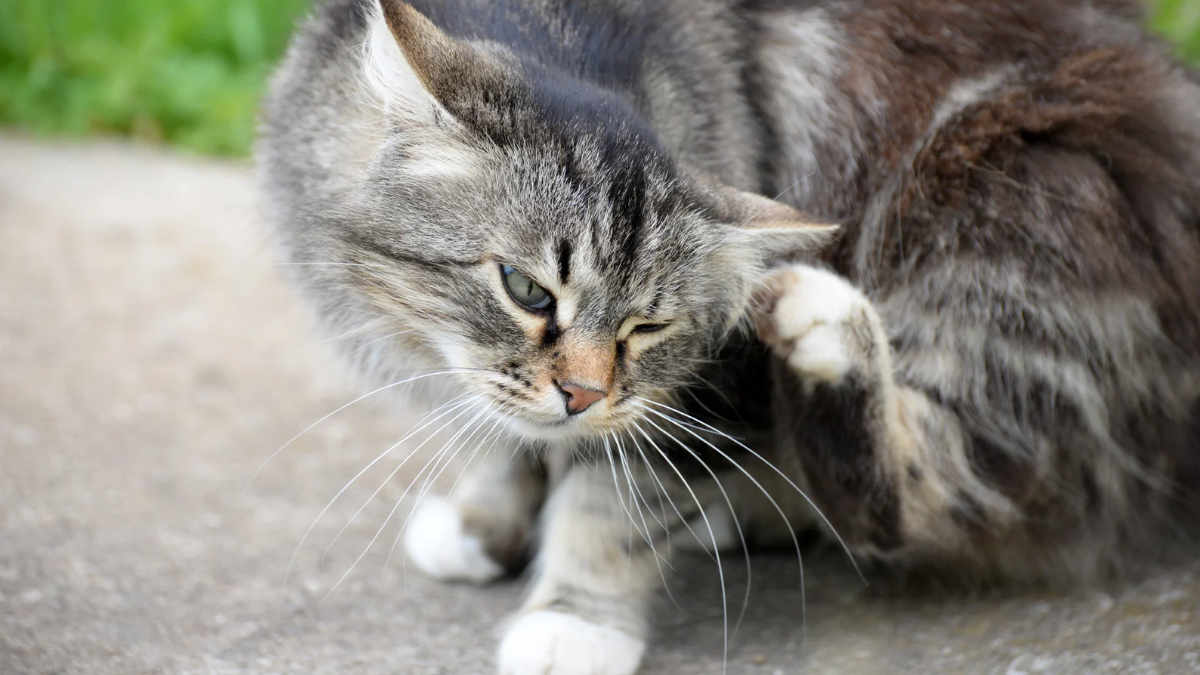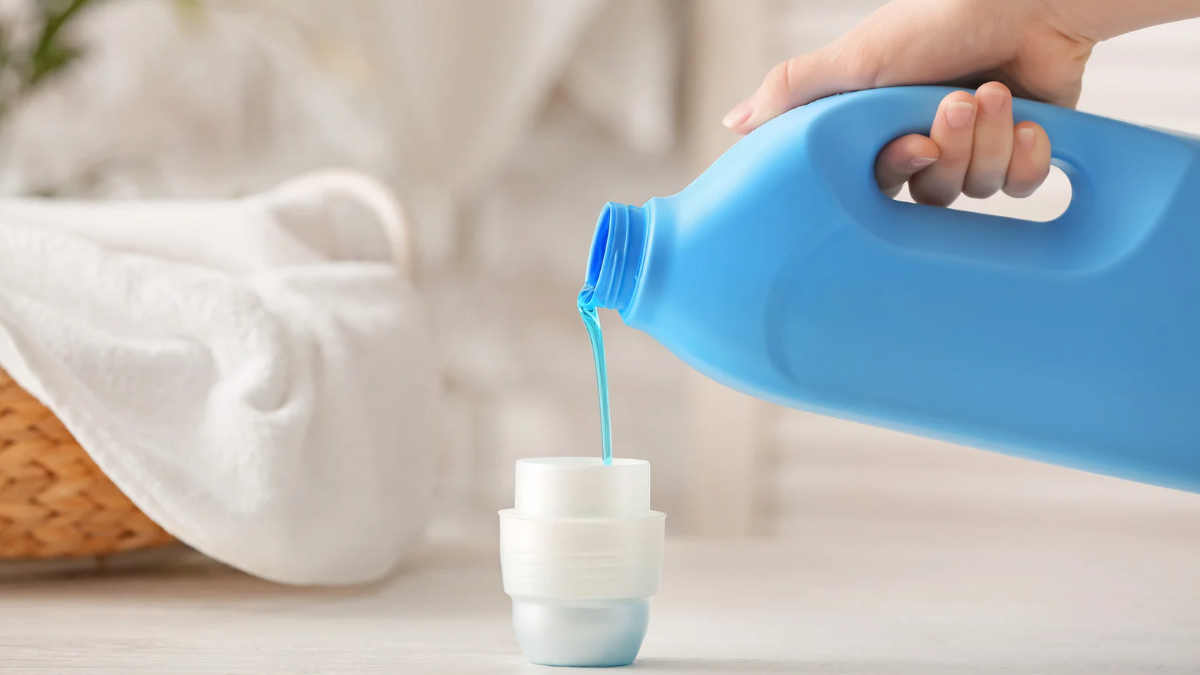Fleas can quickly turn your peaceful home into a battleground, causing discomfort for both you and your feline friend. If you're looking for safe and natural solutions, this comprehensive guide explores effective home remedies for fleas on cats, helping you eliminate these persistent pests and restore a comfortable, flea-free environment for everyone.

Why Fleas Are a Nightmare for You and Your Pet
Fleas are more than just annoying insects that make your cat scratch. These tiny parasites pose serious health risks to both pets and humans. For cats, flea infestations can lead to severe skin conditions, allergic reactions, and even anemia in severe cases, especially in kittens. For humans, flea bites cause itchy welts and can potentially transmit diseases.
Understanding the flea life cycle is crucial for effective elimination. Fleas exist in four stages:
- Eggs (fall off your pet into the environment)
- Larvae (develop in carpets, bedding, and floor cracks)
- Pupae (cocoons that can remain dormant for months)
- Adults (the biting pests you see on your cat)
This complex life cycle explains why treating only your cat or only your home never works completely. A comprehensive approach targeting both your pet and environment simultaneously is essential for success.
Natural Home Remedies for Fleas on Cats
Many pet owners prefer gentle, natural approaches to chemical treatments. Here are safe methods to remove fleas from your feline friend — especially helpful if you're dealing with indoor cat fleas, which can be surprisingly persistent even in clean homes.
Flea Combing: A Physical Removal Technique
Flea combing is a safe, non-toxic way to physically remove fleas from your cat — one of the best indoor cat flea treatment methods that doesn't rely on chemicals:
- Use a fine-toothed flea comb, focusing on areas fleas love to hide: neck, back, base of tail, and behind the ears
- Comb slowly and thoroughly, dipping the comb in soapy water after each stroke to drown captured fleas
- Alternatively, keep a paper towel nearby to squish caught fleas immediately
- During active infestations, comb daily for several weeks
Gentle Bathing: Washing Away Fleas
While most cats don't enjoy baths, a gentle washing can help eliminate fleas — particularly important when managing indoor cat fleas, which may continue breeding in soft furnishings:
- Prepare warm (not hot) water and mild cat shampoo or a small amount of gentle dish soap (the degreasing action helps kill fleas)
- Create a "barrier" of lather around the neck first to prevent fleas from escaping to the head
- Work from head to tail, thoroughly lathering the entire body
- Rinse completely—soap residue can irritate your cat's skin
- Dry thoroughly with towels and, if your cat tolerates it, a hairdryer on low heat
Natural Flea Sprays (Use with Caution)
Some natural solutions can help repel fleas and may complement the best indoor cat flea treatment routines:
Lemon water spray:
-
- Steep thinly sliced lemons in boiling water overnight
- Strain and pour into a spray bottle
- Lightly mist your cat's fur (avoiding eyes, nose, and mouth)
Diluted apple cider vinegar:
-
- Mix equal parts apple cider vinegar and water
- Apply as above, but test first—some cats dislike the smell
Important warning: Never use essential oils like tea tree, peppermint, or eucalyptus on cats. These are toxic to felines and can cause serious health problems or death. Always test any natural remedy on a small area first to check for adverse reactions.
Flea Treatment for House: Thorough Home Cleaning Guide
Your home environment harbors approximately 95% of the flea population in the form of eggs, larvae, and pupae. Here's how to eliminate them:
Deep Vacuuming: Remove Fleas and Eggs
Vacuum all surfaces thoroughly, especially:
-
- Carpets and rugs
- Furniture and cushions
- Baseboards and cracks in flooring
- Under furniture and in corners
Vacuuming tips:
-
- Move slowly to create strong suction
- Make multiple passes over the same area
- Pay extra attention to areas where your cat spends time
After vacuuming:
-
- Immediately seal and dispose of the vacuum bag in an outdoor trash bin
- For bagless vacuums, empty the contents into a plastic bag, seal it tightly, and dispose of it outside
- Or empty the contents into soapy water to drown any captured fleas
Hot Washing: Kill Fleas with Heat
Fleas and their eggs cannot survive high temperatures
Wash all fabric items your cat comes in contact with:
-
- Pet bedding and toys
- Your bedding, especially if your cat sleeps with you
- Throw pillows and removable furniture covers
- Curtains that touch the floor
Use hot water (at least 140°F/60°C) and the hottest dryer setting
Steam cleaning:
-
- If available, use a steam cleaner on carpets, upholstery, and mattresses
- The high-temperature steam kills fleas at all life stages
Litter Box Area Treatment
The litter box area requires special attention:
- Empty and thoroughly clean the litter box with hot, soapy water
- Disinfect with a pet-safe disinfectant, rinse well, and dry completely
- Replace with fresh litter
- Vacuum thoroughly around the litter box area, including corners and baseboards
- Avoid using insecticides near the litter box to prevent accidental ingestion
Environmental Treatment Products
For persistent infestations, consider these options:
Insect Growth Regulators (IGRs):
-
- These prevent flea larvae from developing into adults
- Available as sprays for carpets and furniture
- Look for products specifically labeled as safe for homes with cats
Flea foggers/bombs:
-
- Effective for widespread infestations
- Require everyone (including pets) to leave the home during treatment
- Follow instructions exactly regarding ventilation and safety
- Remember they don't reach all hidden areas, so combine with vacuuming
Food-grade diatomaceous earth:
-
- A natural powder that dehydrates fleas
- Sprinkle lightly on carpets and floor cracks, then vacuum after 48 hours
- Wear a mask when applying to avoid respiratory irritation
- Ensure your cat doesn't ingest large amounts
Professional pest control:
-
- Consider this option for severe or persistent infestations
- Ask about pet-safe treatment options
Preventing Future Flea Infestations
Conclusion: Enjoying a Flea-Free Home
Eliminating fleas requires a comprehensive approach and consistent effort, but the reward—a comfortable, healthy environment for you and your cat—is well worth it. By combining pet treatment, thorough home cleaning, and preventative measures, you can break the flea life cycle and keep these pests from returning.
Your cat depends on you to provide protection from these parasites. With the strategies outlined in this guide, you're well-equipped to create and maintain a flea-free home where both you and your feline companion can thrive.






Leave a comment
This site is protected by hCaptcha and the hCaptcha Privacy Policy and Terms of Service apply.